Finding Calm in the Norwegian Winter Sea by Linn Krogh Hansen
I feel boundless respect and admiration for winter cold water and ice swimmers who brave the harshest elements to immerse and swim in extreme conditions. Many cold water swimmers experience powerful mental and physical well-being by exposing themselves to ice and cold and the temporary discomfort is amply compensated, and even relished, as part of a powerful healing ritual. Some people come to cold water swimming out of necessity. Linn Krogh Hansen (aka @linns_reise & @adhd_frue ) shares how she learned to become a cold water swimmer in her native Norway when the Covid-19 pandemic kept her away from her mental and physical lifeline - the swimming pool. Thank you, Linn, for this important perspective on what moves and drives someone to immerse themselves in waters most people would never consider.
Finding Calm in the Norwegian Winter Sea
by Linn Krogh Hansen
I used to be one of those people who jumped into the water on Christmas or New Year's Day, screamed for three seconds, and ran out again. Then 2020 came and with it the Covid-19 pandemic which descended into my life like a crashing plane.As a lifelong competitive swimmer, I normally go to the pool alone or with my swim team for 3-5 sessions weekly. But, when I returned from my pre-Norwegian National Master Championship training camp in Tenerife on 12 March 2020, I found out the swim championship was cancelled due to Covid-19. Norway went into lockdown the same day, and with lockdown, the pools closed for three months. Even though I understood the need for restrictions, I found it quite frustrating not to be able to train in the water. Imagining my life without water was impossible. I knew I had to find another way.
Swimming: Mental and Physical Medicine
Swimming for me is, not just a hobby; it's been my lifelong "medicine." My mental and physical well-being relies on it. Ever since I was a child, swimming formed an integral part of my routine just like bread, drinking water and sleep. At 39, due to hyper-energy and excessive stress, I voluntarily went to get a medical examination that confirmed I was ADHD (blog link) (Attention Deficit Hyperactivity Disorder - information link). I need daily exercise to obtain both physical and mental balance. I also control my eating routines by some hard swimming hours in the pool. As a teenager I developed anorexia and bulimia. Even though I am fine now, without the daily physical exercise, I soon start to lose the normal feeling of hunger, which easily turns into a bad cycle of bulimia on one side, and not wanting to eat, on the other. When Norway closed down, I had to find a way to get the excess energy out of my system and the balance in to it!
My exercise options were limited. Once an active runner, I developed a rheumatic hip, knee and ankle, over the years and after two sessions of emergency running in Covid, I ended up with injuries. Fortunately, I could drive to the cross country ski tracks in the highlands 45 minutes away, even while in quarantine after coming back from Tenerife, as long as I did not go inside a shop, café, etc. Skiing proved to be less stress on my body but it still wasn't enough.
Due to the "help" of Tussler, my 7-year-old German Wirehaired Pointer (GWP), most of our cross country ski trips turn out to be more an adrenaline experience than a hard work-exercise. My dog´s father was the first Swedish champion in ski pulling for his breed, so going downhill with these guys is sometimes quite exciting. Good fun and sometimes scary fast. It's only on the uphill sections I get to work myself hard. I still love the nature experience of skiing alone in the forest with my furry best friend, but sometimes I wish he was a bit more lazy.
I also did some weight training, but due to previous injuries from lifting weights, I'm not very keen on doing this unsupervised. Sling training and the rowing machine were other options I tried but they don't feel like "real training" for me. It's just something I do to supplement the swimming.
Facing the Cold Norwegian Sea
My heart yearned for the water as did my ADHD driven mind. A relatively warm spring 2020 pushed me to try the open water and I took my first dips in early April at a beautiful local beach in Oslo.Not being used to cold water, I found the 5C (41F) water temperature quite cold. At first I found myself simply diving in, doing a 30m sprint, and then zipping out again. With air temps from 16-18C (61-64F) and mostly sunny skies, it was bearable. Also Tussler, my water loving GWP dog, joined in and challenged me on the sprints. But I found the cold water immediately soothed my mind and I knew it was good for me. It felt like my hyper energy was cooled down and it helped me concentrate better on work during the daytime.
When pools opened in June, I started swimming laps again, but only for a short time. With the summer holiday approaching, my husband and I went on a 3550 km road trip to Arctic Norway where my family has a cottage in Tromsø. Tromsø is situated on the Atlantic Arctic Coast and is the biggest city (around 70.000 inhabitants) above the Arctic Circle, almost 70 degrees north. Despite its Arctic or sub-arctic climate, the summers can be incredibly nice, with air temperatures up to 25-30C (77-86F) for a brief window due to 24/7 daylight. But it could also be 6C (43F)… you never know what to expect. And we hit one of the colder summers. In my younger years I lived here and I consider Tromsø, my father's hometown, my second home. I simply love Tromsø - its white beaches, turquoise sea, small islands, deep fjords, and its early summer snow-capped mountains. We even have our own palm tree there, "Tromsø palm" which is not a palm, but a huge grass plant introduced form neighbouring Russia two centuries ago. On a sunny day, people flock to the beach to sunbathe and swim in the cold sea.
While the spring in southern Norway was warm, the opposite was true in the north. When we arrived in late June, the Tromsø's fjord's 6C (43F) chilled deeply and some lakes even retained icy blankets. Normally the water temperatures up here should be around 9-13C (48-55F) in July/ August, so 6C (43F) is quite cold for late June. Despite the cold I couldn´t resist the beautiful turquoise water white sand. I dipped daily for 3 weeks, after deciding that I wasn't going to let the weather choose if I should swim in the sea or not. These daily swims made me feel very fresh and energized.
Returning to Oslo
When I returned to Oslo and the southern coast in July, it felt like going to the Mediterranean Sea with soothing 22-24C (72-75C) in the sea for several weeks! In Oslo I swim in the Oslofjord. The fjord's water temps are much higher than the Atlantic coastal waters that extend along Norway's coast all the way from the south west to the far north.
I went for a dip almost every afternoon, but only for a dip. I hate the sting of pink Atlantic jellyfish and there were plenty this summer. My next challenge is to cope with these red and blue unpredictable, salty monsters. I don't mind touching them and even getting slightly burnt, but I don't want them in my face.
From Solo to Social Swimmer
Over the course of the summer it became a habit to go for a morning dip before work. One day I accidently bumped into another year-round swimmer at the local Sjøstrand beach, and we started to chat about putting up the Sjøstrand Vinterbadere FaceBook group for winter swimmers. Brigitt had already spent many winters swimming in Grimstad in the south before moving to Asker this year.
More and more people showed up, mostly women. We are now around 15 active swimmers who meet up 3-5 times per week. Some members of the group swim every day. It is a crazy funny mix of middle aged ordinary people, adrenaline seekers and frustrated pool swimmers. The thing we all have in common is how the cold water has impacted and surprised us in a positive way.
Winter Cold Water Swimming
Curiously, in the winter, the sea temperature is slightly higher in Bodø and Tromsø (in the far north of Norway) than here in Oslo, due to the Gulf Stream along the Atlantic coast. My swim on 19 January 2021 was incredible! The air and sea thermometers read both -1C (30F). Considering the weekend temperatures were -13C in the air, it felt very good! The most amazing thing is that I have gotten used to the cold now, and I enjoy swimming around for 4-5 minutes even in 0C (32F)! I must admit, I do wear neoprene socks and sometimes gloves.
Getting out of the water after the swim when it is really cold, -10C (14F) and colder, is the hardest part. My trick is to bring an empty bucket with 2-3 bottles of hot water from home. I fill up the bucket before I go swimming. Cold hands post-swim are a hazard and this helps me keep my fingers warm while changing (see video).
Last month I bought myself and my swimming dog a Dry robe which helps a lot post-swim. I learnt this from my friend Dagmar Dahl (on Instagram as @arctic_swimmer ) who started "Bodø Penguins" winter swimmers on the Polar Circle town of Bodø, Norway. She is the first Norwegian woman to swim across Saltstraumen, the world´s strongest maelstrom (tidal current).
My dog is not allowed into the water when it is minus degrees. In this case, he becomes my lifeguard instead, barking and yelling at me to get out! In early Februrary 2021, I swam a bit with my Go-Pro underwater in -1C (30F) with -13-14C (7-8F) air temp! By far the coldest for me yet, I saw thin ice floating just some meters away.I only use a short swim suit now with neoprene socks and gloves and I stayed in only four minutes. Last weekend the sea and air temperatures both marked 4C (39F) and I immersed for 15 minutes. In summer we use open water wetsuits for longer swims and to protect from jelly fish. Even if the water temp is 20C (68F), I need the wetsuit if I want to swim fast and for more than 30 minutes.
What Cold Swimming Gives Me
Looking back I now realize that facing the cold Norwegian sea out of need and necessity has proven beneficial in several ways and I've discovered the following:
1- A five minute swim in very cold water (6C or less) or a 15 minute swim in medium cold (10C or less) give me the same calming and mental/physical balance as 3-4000 meters in the swimming pool!
2- One of the most surprising effects of cold water swimming is that my random rheumatic pain that I often feel in my legs, hips and feet has disappeared since October. I never expected this outcome rather I feared the opposite.
3 – A superb sense of community sharing the nature, fresh air and good laughs and support of the other people in Sjøstrand Beach Winter swimmers group.
4- Cold water swimming regulates my eating routines and prevents me from getting flashbacks of the eating disturbance form my teenage years. The lack of accessibility to the pool and gyms is a challenge for many people like me with former bulimia/anorexia since we do not get the workout that we are used to.
5 – Increased self esteem and the feeling of mastery.
Even though I look forward to swimming long and hard again in a pool, I will definitely go on swimming outside during winter. Lap swimming and Open Water/Wild Swimming are two different things that both give me so much! Hopefully I will be able to practice both the rest of my life!
When you subscribe to the blog, we will send you an e-mail when there are new updates on the site so you wouldn't miss them.

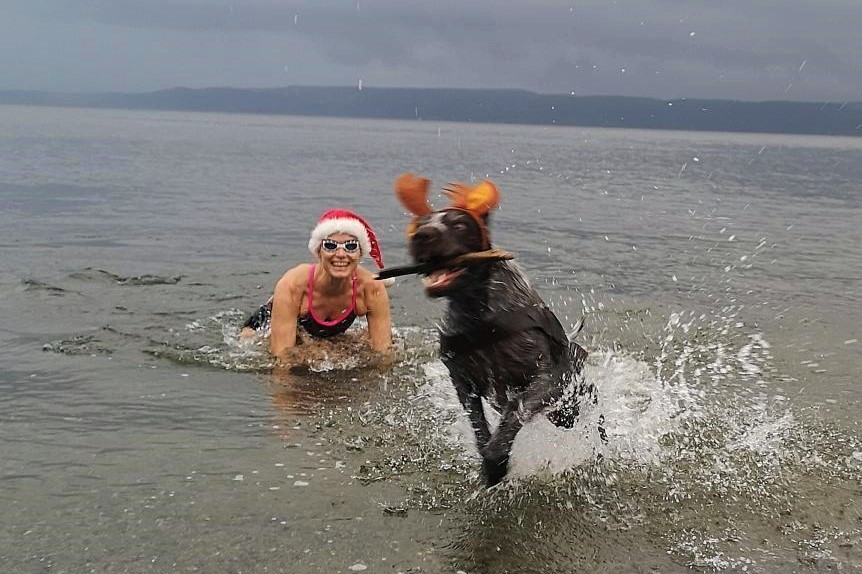
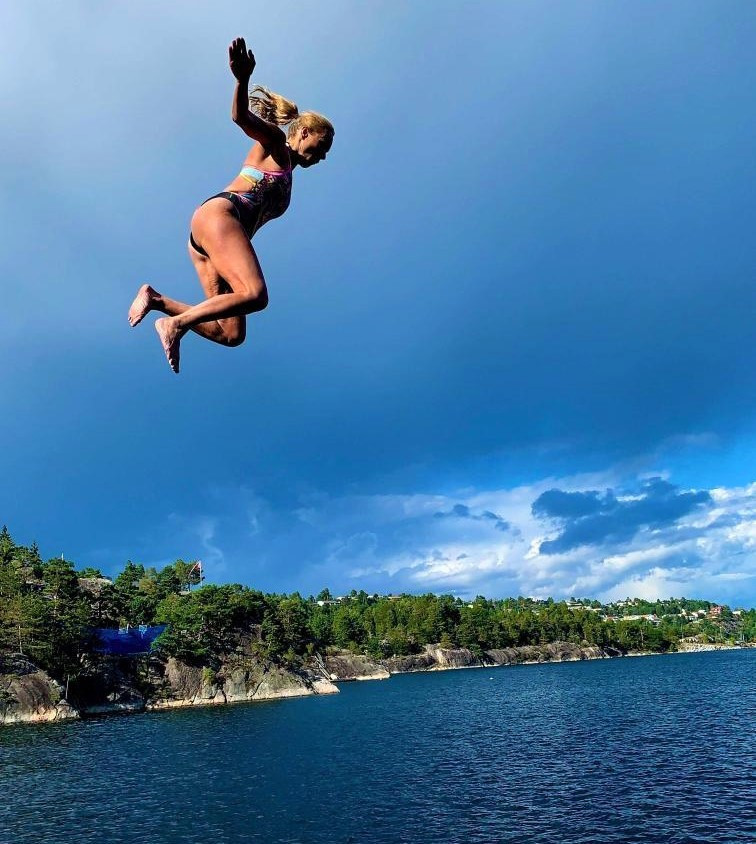
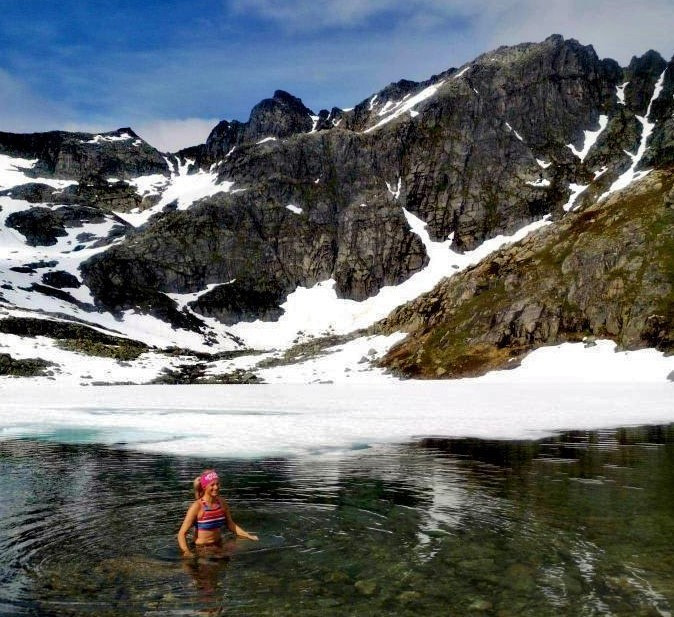
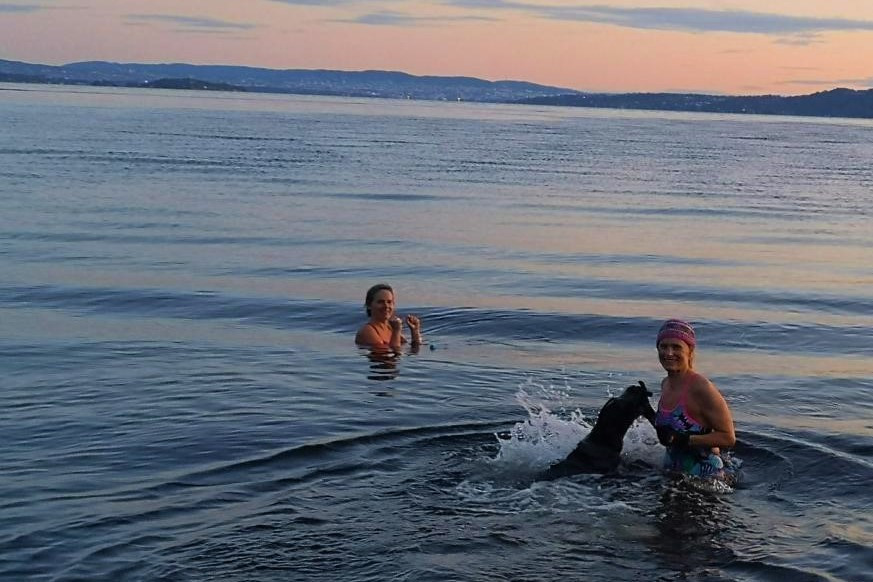
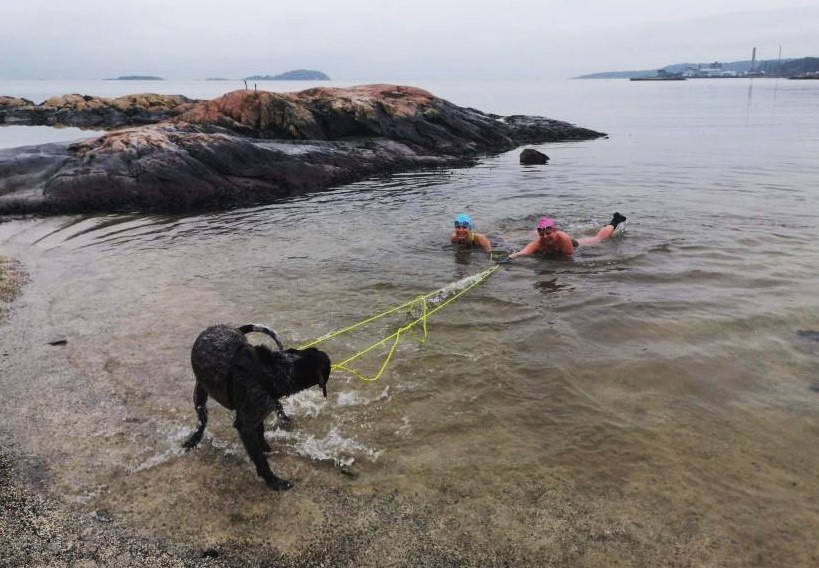
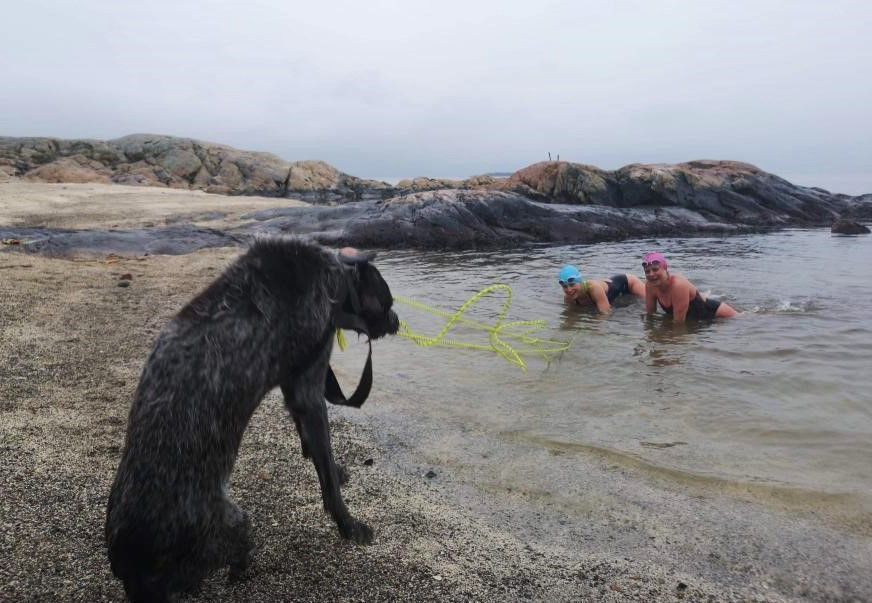
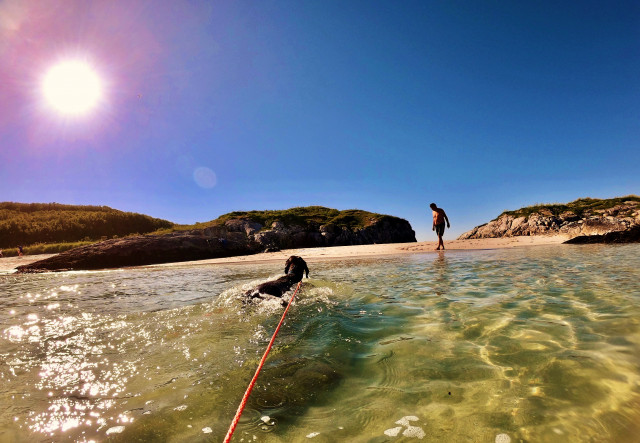
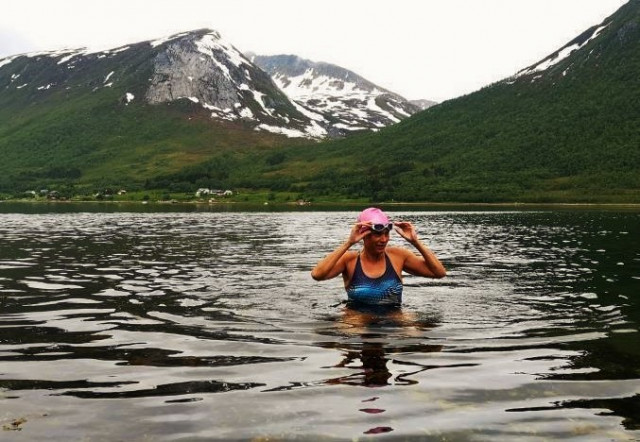
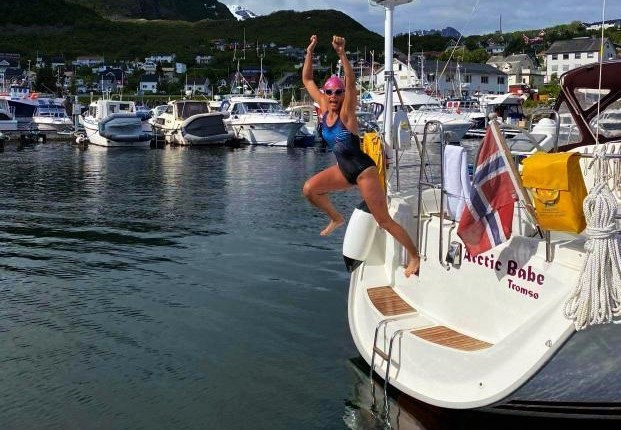
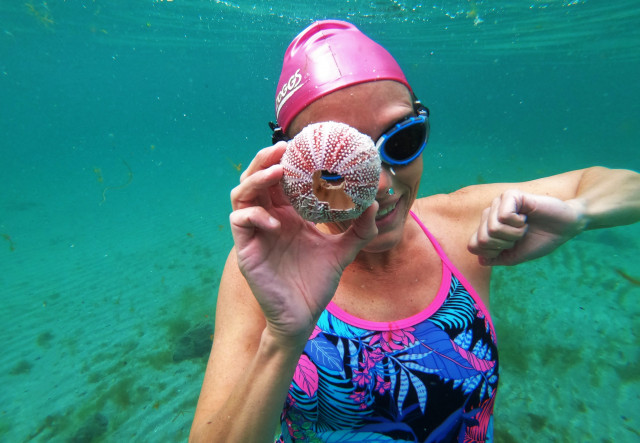
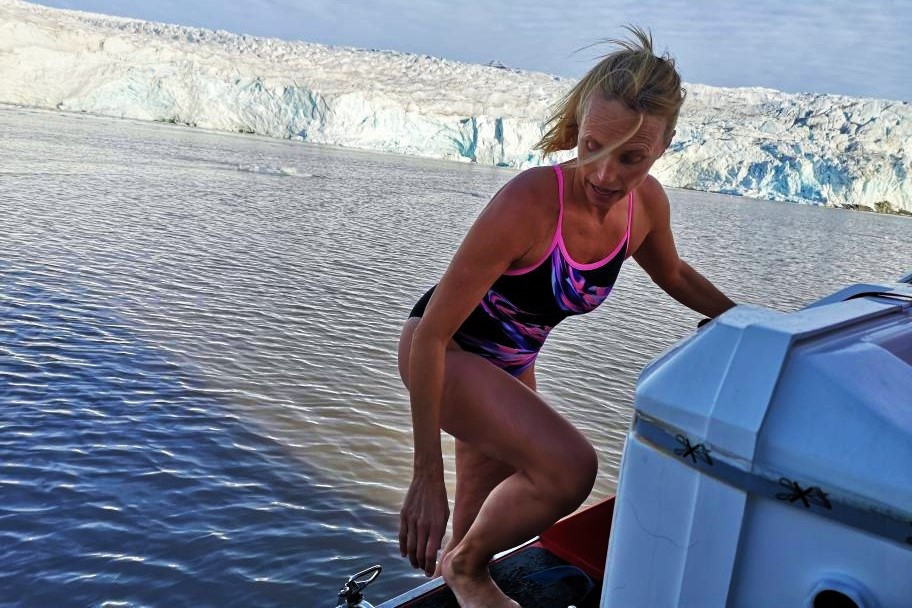
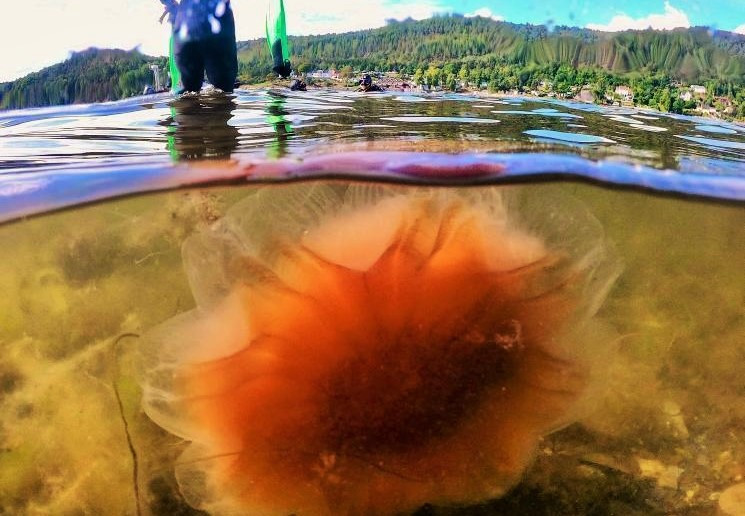
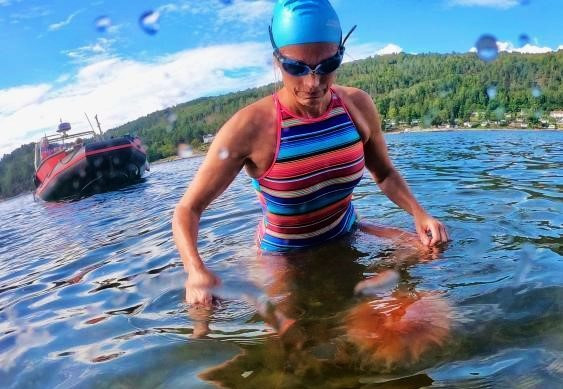
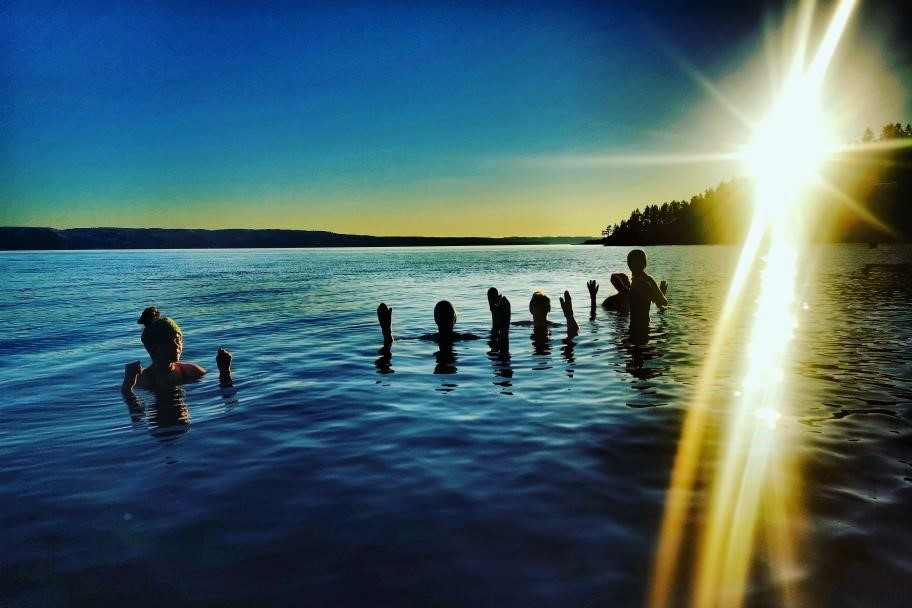
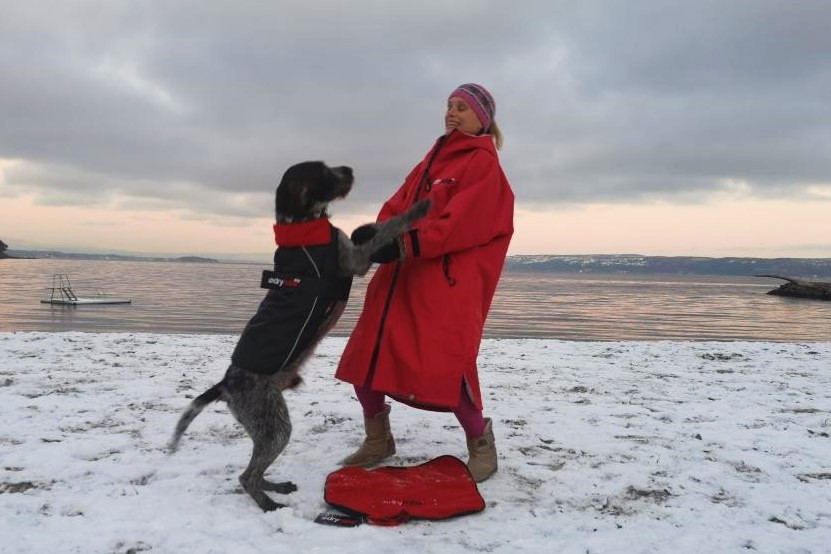
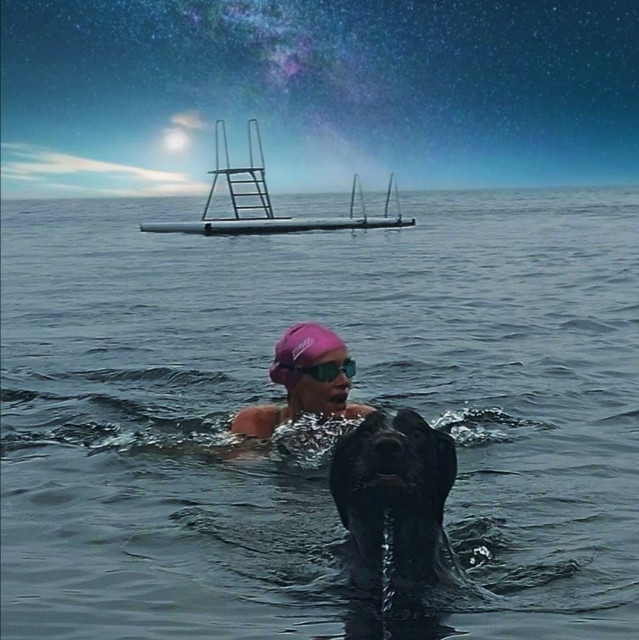
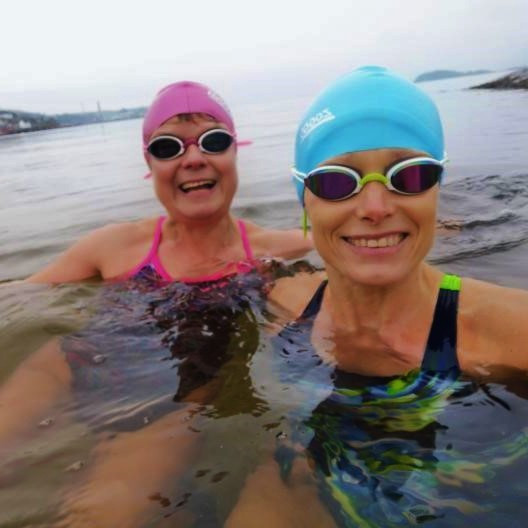
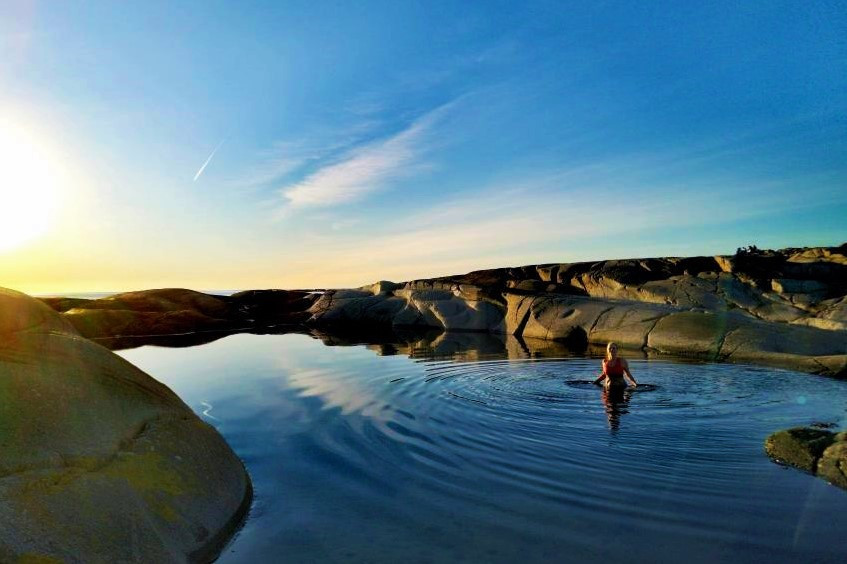


Comments